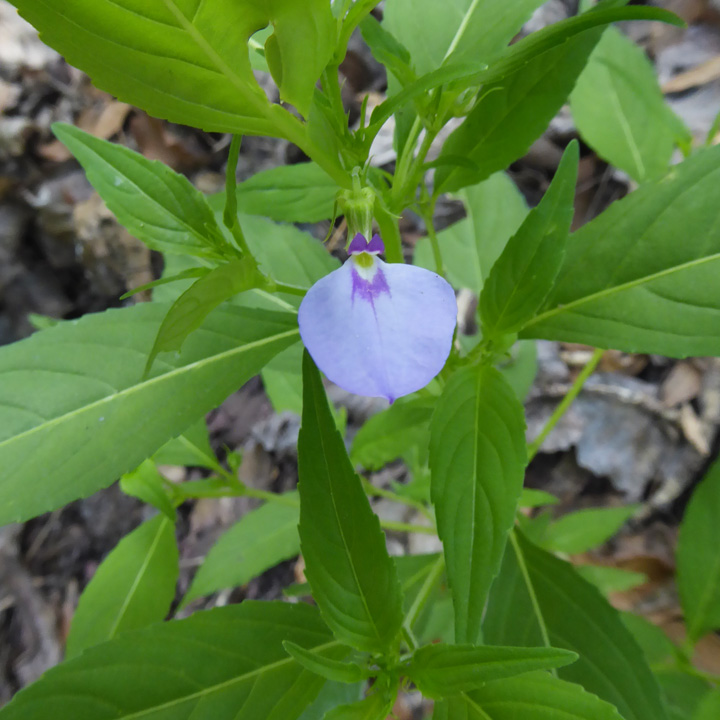|
Violaceae |
|
|
PLANT: Small tree like shrubs, vines or herbs, perennial or annual. LEAVES: simple, entire to deeply lobed or compound. INFLORESCENCE: axillary or scapose, with flowers solitary or in clusters of 2 4. FLOWERS: perfect, zygomorphic in ours, chasmogamous (opening) or sometimes cleistogamous (fertilized in bud, never opening); sepals 5, the base of sepals auriculate (with ear like lobes) or not; petals 5, the base of lower petal elongated into a spur, or gibbous (swollen); stamens 5, alternate with petals, surrounding the ovary, the filaments short, wide, the 2 lowest anthers often with nectaries at their bases extending into the spur; pistil 3 carpelled and 1 locular, the style 1; ovary superior. FRUITS: capsules in ours, explosively dehiscent. SEEDS of many spp. appendaged with a caruncle by which they are ant dispersed. NOTES: 23 genera, 830 spp., chiefly of temperate, subtropical, and tropical regions worldwide. Some spp. cultivated e.g., Viola tricolor and V. wittrockiana, pansy. REFERENCES: Little, R. John. 2001. Violaceae. J. Ariz. - Nev. Acad. Sci. Volume 33(1). |
|

